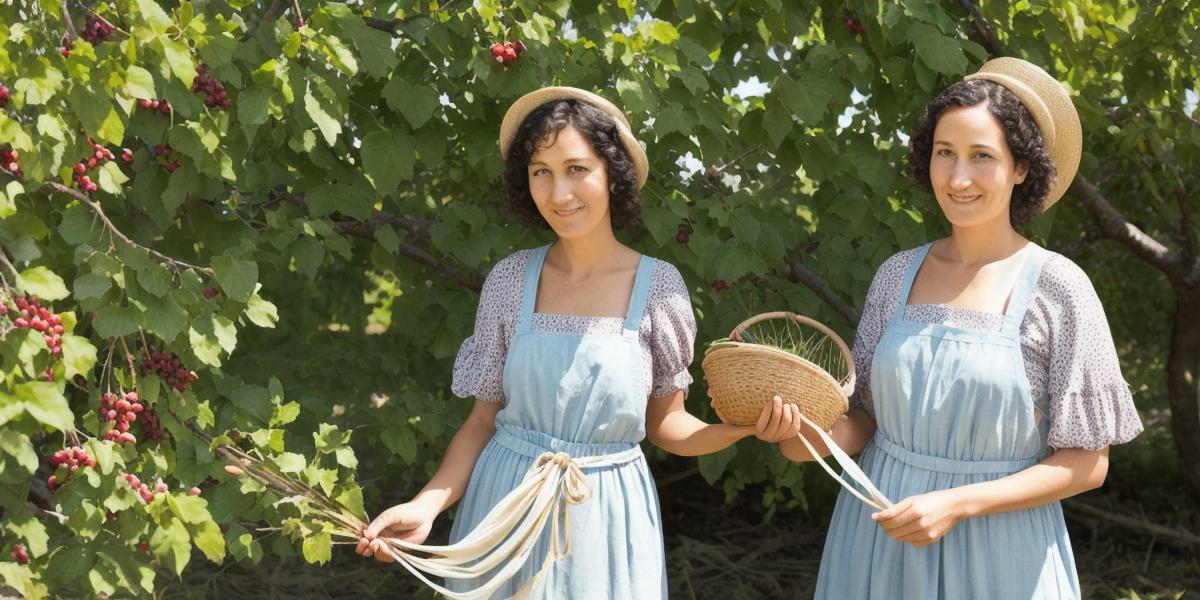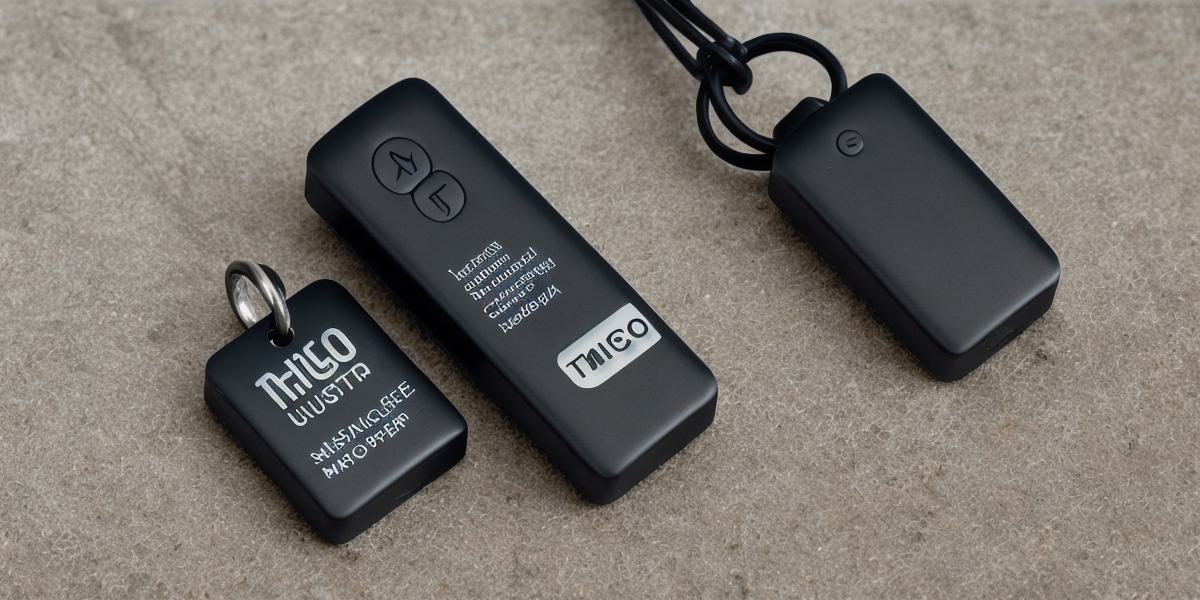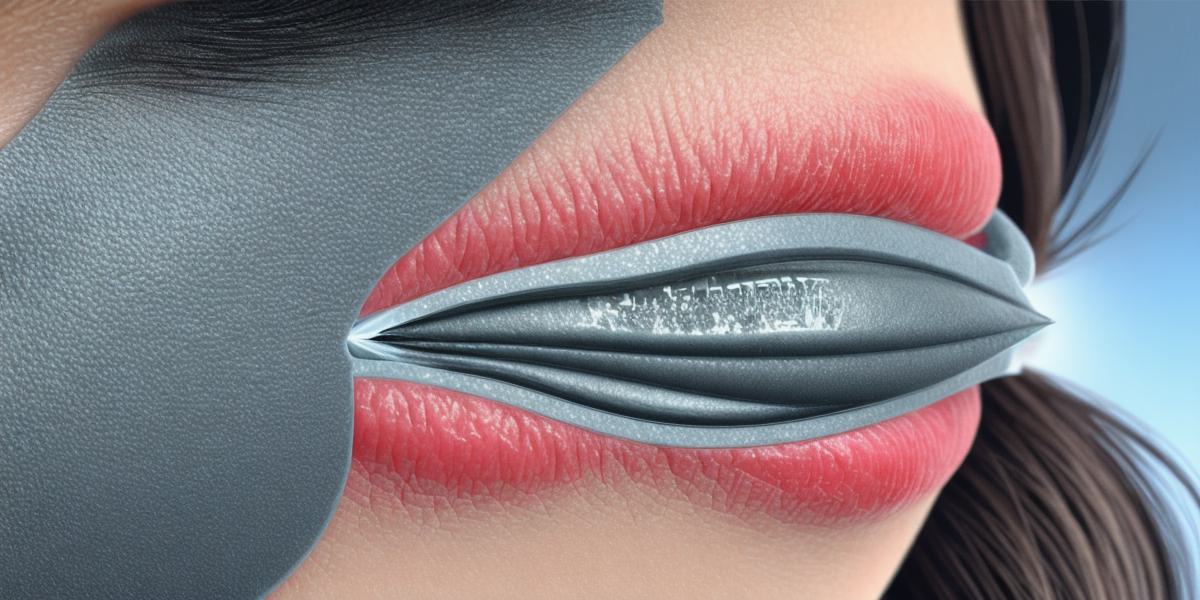Dyeing fabric with a mulberry bush is a time-honored tradition that has been passed down for generations. Not only does it produce a beautiful shade of red or purple, but it’s also an environmentally friendly and sustainable method of dyeing. In this guide, we will explore how to use a mulberry bush to dye fabric and provide tips on how to achieve the best results.
Materials Needed
Before you start, make sure you have all of the necessary materials. You will need:
- A fresh, green mulberry bush (preferably with ripe berries)
- Fabric (such as cotton or wool)
- Gloves to protect your hands from staining
- Water
- A large pot or vat
- Strainer
- Mesh or cheesecloth for straining the dye
- Rubber bands or clips to secure the fabric in place during the dyeing process
Steps to Dye Fabric with Mulberry Bush
- Gather your materials: Collect all of the necessary materials, including a fresh, green mulberry bush (preferably with ripe berries), fabric, gloves, water, a large pot or vat, strainer, mesh or cheesecloth for straining the dye, and rubber bands or clips to secure the fabric in place.
- Wash your fabrics: Before you begin dyeing, it’s important to clean your fabric thoroughly. This will help ensure that the final color is even and that any impurities are removed from the fabric.
- Crush the berries: Once your fabrics are clean, it’s time to crush the mulberries. You can do this by hand or with a mortar and pestle. Be sure to remove the stems and leaves, as they will not contribute to the dye color.
- Prepare the dye bath: Once you have crushed the berries, transfer them to a large pot or vat. Add water to cover the berries completely. Bring the mixture to a boil, then reduce the heat and let it simmer for about an hour. After an hour, strain the mixture through a strainer into a separate container.
- Prepare the fabric: While the dye is simmering, prepare your fabric by tying it in small bundles using rubber bands or clips. This will help ensure that the fabric absorbs an even amount of color.
- Dye the fabric: Once the dye has finished straining, transfer it to a large pot or vat. Add water to cover the fabric completely. Place the bundles of fabric into the dye bath and let them soak for about 24 hours. After 24 hours, remove the fabric from the dye bath and rinse it thoroughly with cold water.
- Wash and dry the fabric: Once you have rinsed the fabric, wash it in warm, soapy water to remove any remaining dye. Then, hang the fabric up to dry.
Tips for Dying Fabric with Mulberry Bush
Here are some tips to help ensure that your fabric turns out beautifully:
- Use fresh, green mulberries: The fresher the berries, the more color they will produce. Make sure you use green, ripe berries for the best results.
- Don’t overcrowd the pot: If you add too many berries to the pot, it can become congested and cause the dye bath to become cloudy. This can make it difficult to control the color of your fabric.
- Stir occasionally: Be sure to stir the dye bath occasionally to ensure that the color is evenly distributed.
- Wash thoroughly: After drying, wash the fabric thoroughly with warm, soapy water to remove any remaining dye. This will help prevent staining on other fabrics.
- Use gloves: Mulberry juice can be very staining, so it’s important to wear gloves while handling the berries and the dye bath.

FAQs about Dying Fabric with Mulberry Bush
Here are some frequently asked questions about dying fabric with mulberry bush:
Q: Can I use other types of berries to dye my fabric?
A: While mulberries are one of the most popular choices for dyeing fabric, you can also use other types of berries, such as blackberries or raspberries. Just be sure to adjust the amount of water and time accordingly.
Q: How long does it take to dye fabric with a mulberry bush?
A: The dyeing process can take anywhere from 24 hours to several days, depending on the type of fabric, the temperature of the water, and how well the berries are crushed.
Q: Can I use other types of fabrics with a mulberry bush dye?
A: Yes, you can use a variety of fabrics with a mulberry bush dye, including cotton, wool, silk, and even leather. Just be sure to wash the fabric thoroughly before dyeing and to test the dye on a small area before applying it to the entire piece.



